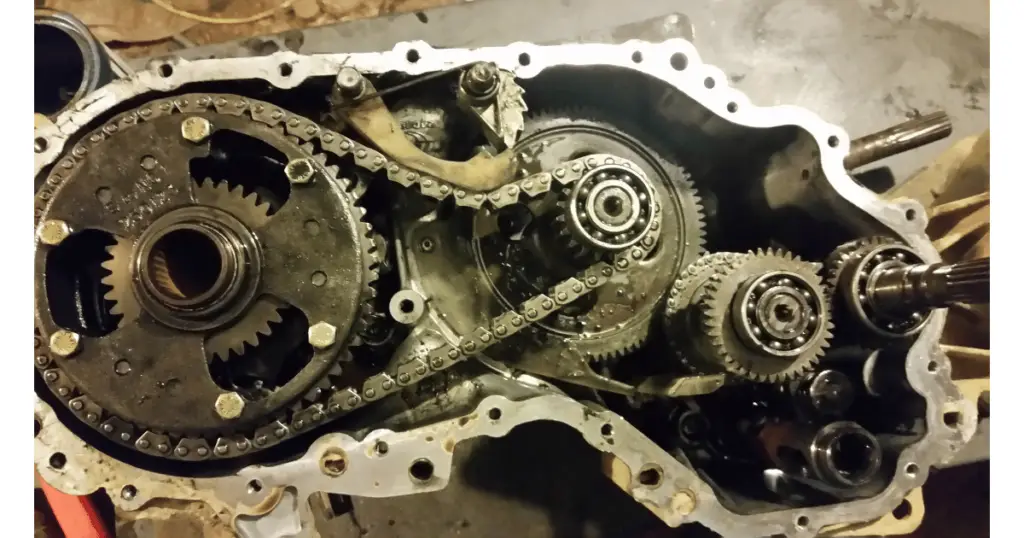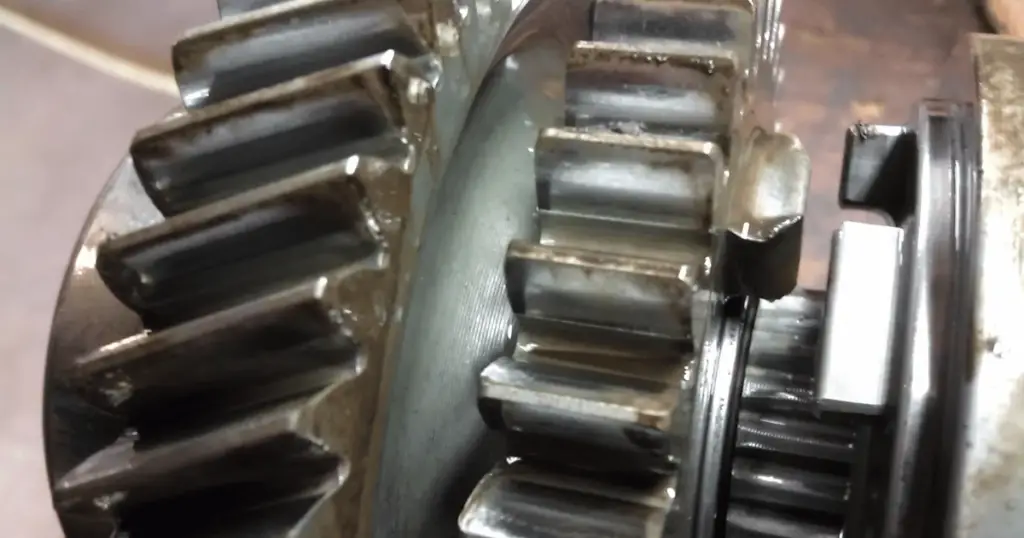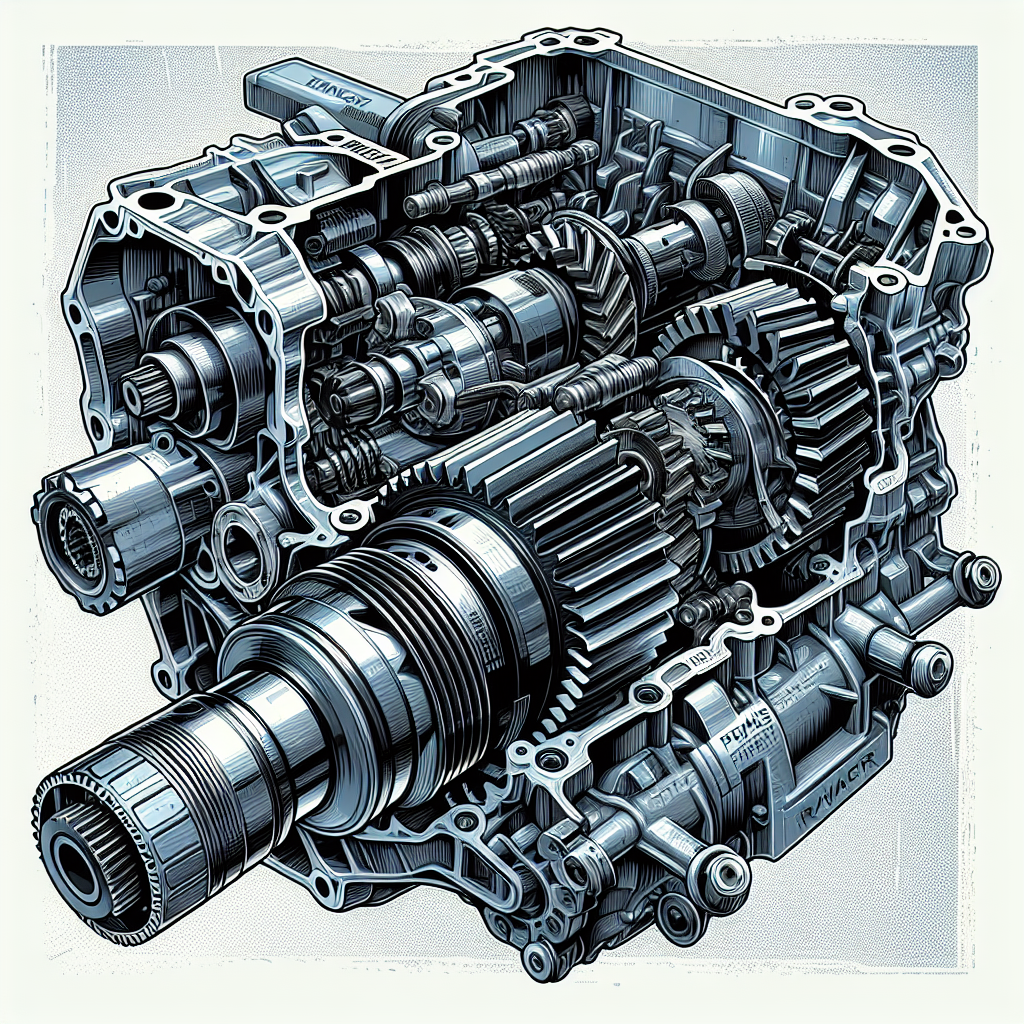Embark on a journey into the rugged world of off-roading adventures, and you’ll often find the Polaris Ranger at the forefront. This versatile side-by-side is a true companion on many an expedition, but it’s not without its flaws, especially when it comes to the transmission. Knowing the pitfalls of these Polaris Ranger transmission problems is more than a mere precaution; it’s an essential part of ensuring your outdoor experiences remain unmarred by mechanical meltdowns. Get the lowdown on the most notorious transmission issues that could throw a wrench in your off-road escapades, and understand what to watch out for to keep your ride smooth and your adventures uninterrupted.
Common Symptoms of Polaris Ranger Transmission Problems

When it comes to your Polaris Ranger, it’s crucial to keep an eye out for signs that the transmission may be experiencing some trouble. Recognizing these symptoms early can save you from a more significant and costly problem down the road.
Difficulty Shifting Gears
One common signal that there’s an issue with your transmission is difficulty shifting gears. You might notice that shifting between gears becomes harder, or it may feel less smooth than usual. This can be a mechanical problem and is definitely worth looking into before it gets worse.
Abnormal Noise During Operation
If you’re hearing strange noises during the operation of your Polaris Ranger in turf mode, especially when shifting gears, it’s time to pay attention. These noises might sound like grinding, whining, or clunking and are good indications that the transmission could be struggling.
Transmission Slippage
Another red flag is transmission slippage. This is when it feels like your Ranger is changing gears on its own, particularly noticeable in high gear, or you’re not getting the response from the vehicle that you’re used to when you change gears. It’s like the transmission is slipping into neutral for no reason.
Burning Smell from Transmission Area
A burning smell coming from the transmission area should never be ignored. This symptom suggests that the transmission is overheating and the fluid is burning off, which can cause significant damage if not addressed.
Leaking Transmission Fluid
Finally, if you’re spotting a puddle of fluid under your Polaris Ranger, you might be dealing with a trans fluid leak, indicating a problem in the transmission system. This is a definite sign that something’s amiss, and since transmission fluid is vital for your Ranger’s transmission to work properly, you’ll want to get this fixed right away.
Read more: Worst Polaris Ranger Years to Avoid (+The Best)
Underlying Causes of Transmission Problems

Let’s dive into what might be causing those troublesome symptoms.
Poor Manufacturing
Sometimes, the root cause of transmission problems can be traced back to the very beginning: manufacturing. Whether it’s a design flaw or poor-quality parts, manufacturing defects can lead to chronic transmission issues.
Lack of Proper Maintenance
Your Polaris Ranger, depending on how many miles it has covered, is a bit like you; it needs regular check-ups to stay healthy. Neglecting proper maintenance can lead to premature wear and tear on the transmission, which could have been avoided with regular care.
Wear and Tear Over Time
Even with the best maintenance routine, over time and depending on how many miles you’ve driven, your Ranger’s transmission will experience natural wear and tear. This degradation can eventually cause some of the symptoms you’re observing.
Using Incorrect Transmission Fluid
You might not think it’s a big deal, but using the wrong type of transmission fluid can wreak havoc on your Ranger’s transmission. Incompatible fluids can cause poor lubrication, leading to overheating and damage.
Difficulty Shifting Gears
Digging a little deeper, here are a few specifics regarding what causes a hard shift.
Clutch Adjustment Issues
For those of you with a manual transmission, an improperly adjusted clutch can certainly make shifting gears difficult. It’s a key connection between your engine and transmission, so keeping it well-adjusted is crucial.
Damaged Gear Selector
The gear selector is what you use to choose the gear you want to be in. If it’s damaged, you won’t be able to shift gears properly, leading to a frustrating driving experience.
Internal Transmission Damage
Inside your transmission lies a complex system of gears and other parts. Damage to any of these internal components can result in difficulty shifting gears and requires immediate attention.
Excessive Noise When Shifting

Excessive noise isn’t just annoying; it’s a symptom of underlying issues.
Worn Bearings or Gears
Just like any other part with a surface that moves against another, the bearings and gears inside your transmission can wear down over time. This wear can create excessive noise when you shift.
Misaligned Transmission Cogs
If the cogs inside the transmission become misaligned, they won’t fit together as smoothly as they should, resulting in abnormal noises during gear shifts.
Defective Transmission Components
Defects in any of the transmission components, possibly due to poor manufacturing or damage, can also cause noises when shifting gears. It’s a sign that something’s not quite right within your Ranger’s transmission.
Transmission Slippage Problems
Let’s tackle the slip-up with transmission slippage.
Worn Clutch Plates
The clutch plates, which engage different gears, are essential for the smooth operation of your transmission, and if they’re worn out, you’re likely to experience slippage. These plates need enough grip to transfer power from the engine to the transmission; if they can’t, they’ll slip.
Hydraulic System Failures
Your transmission’s hydraulic system works under pressure to keep everything moving correctly. A failure in this system, such as issues in the transmission chain, can lead to a loss of pressure and, as a result, slippage.
Electronic Control Malfunctions
Modern Polaris Rangers are equipped with electronic systems that control the transmission. If there’s a malfunction in the electronic controls, this can lead to all sorts of problems, including slippage, particularly in reverse.
Overheating Transmission
When the heat is on more than it should be, this is what could be happening.
Inadequate Cooling System
Your transmission has its own cooling system to keep temperatures in check. If this system isn’t working properly, your transmission could overheat, which is a serious issue.
Excessive Load on Transmission
If you’re hauling around heavy loads or pushing your Ranger to its limits, you could be putting too much strain on the transmission. This can lead to overheating as it struggles to perform.
Blocked Fluid Passages
The transmission fluid helps to keep your transmission cool, but if the fluid can’t flow correctly due to a blockage, overheating can occur.

Burning Smell and Fluid Leaks
Now, let’s sniff out the issue with that burning smell and fluid leaks.
Ways to Identify Fluid Leaks
To identify a fluid leak, look for a puddle under your vehicle, but also pay attention to the fluid level and condition. If it’s constantly low or looks dirty, it’s time for a closer inspection.
Consequences of Ignoring Fluid Leaks
Ignoring a fluid leak can lead to low transmission fluid levels, which can cause all sorts of problems, including further damage to the transmission. It’s like ignoring a thirst; eventually, it’s going to catch up with you.
Preventative Measures
Regular checks and maintenance of your transmission can help prevent fluid leaks. It’s much easier to fix a small leak than to replace an entire transmission that’s been run dry.
With all of this in mind, I’ll ask you the next question I think you should consider: How many miles will a Polaris Ranger last?
The Role of the Transmission Belt
Not all heroes wear capes, and in your Ranger, the transmission belt is a quiet hero.
Symptoms of a Failing Transmission Belt
If your transmission belt is failing, particularly in high gear, you might notice slipping, overheating, or an inability to move at all. This humble belt plays a big role in keeping you going.
Inspecting the Transmission Belt
Regular inspection of your transmission belt is key. Look for signs of wear, tears, or other damage that could mean it’s time for a replacement.
Replacing a Damaged Belt
Replacing a damaged transmission belt isn’t just a matter of convenience – it’s necessary for the health of your vehicle. Don’t overlook this essential component.

Troubleshooting Electronic Transmission Control Issues
Technology is great – when it works. Here’s what to do when it doesn’t.
Diagnostic Tools and Techniques
Using the appropriate diagnostic tools, you can read the error codes that your vehicle is generating, particularly those related to gear function in the transmission. This can help pinpoint what the issue might be.
Common Electronic Faults with Solutions
Some common electronic faults include sensor failures or software issues. The solutions might range from replacing sensors to updating or reprogramming the software that controls the transmission.
When to Seek Professional Help
Tinkering with electronics can be tricky, and there’s no shame in seeking out a professional when things get too complex. They have the expertise and the tools to address complex trans issues and get your Ranger back to top form.
Legal and Warranty Considerations
When you’re dealing with transmission problems, don’t forget about your legal armor.
Understanding Warranty Coverage
Understanding your warranty coverage is key. It can be the difference between an expensive repair and a covered service, so make sure you know what’s included in your Polaris Ranger’s warranty.
Consumer Protection Laws
Familiarize yourself with consumer protection laws in your area. They can offer additional protection beyond your warranty and might provide avenues for recourse if you encounter persistent transmission problems.
Navigating a Warranty Claim with Polaris
If you need to make a warranty claim, approach it with as much information as possible. Keep meticulous records of your maintenance, any symptoms, and attempts to address the problem, as these can all help your case with Polaris.
By being aware of the potential transmission problems and understanding both the symptoms and the causes, you can tackle these issues with confidence, whether it’s a simple DIY fix, a warranty claim, or a trip to your favorite mechanic. Stay vigilant and keep your Polaris Ranger running smoothly.

Leave a Reply